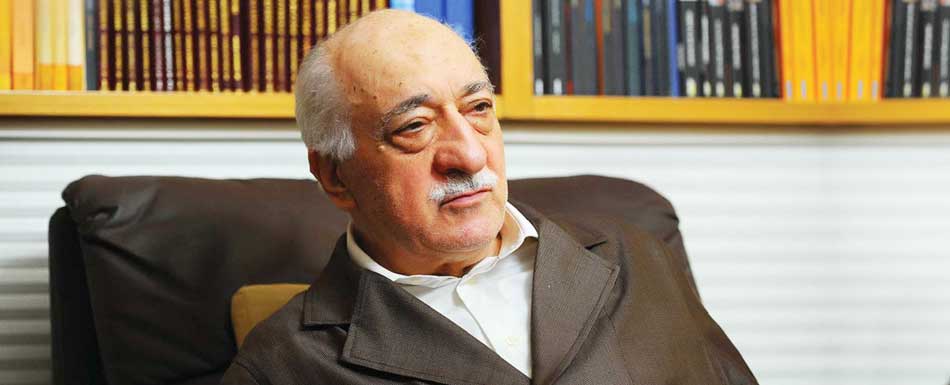When was the Fethullah Gülen teaching transformed into a social movement?

The Gülen Movement is a product of a structure inherited by the republic from the Ottomans, which was an aggregate of communities. The republic aimed at establishing a homogeneous nation state from this cosmopolitan and pluralist structure. And it tried to do this by modernizing the population of mostly peasant origin. This method worked in the urban areas, but not in the countryside where the dominant majority lived outside of this modernization process.
Two convictions of the elites of the last period of the Ottomans were shared by the architects of the republic who sought to modernize Turkey:
1. To educate the children in the countryside; and
2. To take Western science and knowledge and mold them with Turkey’s own social values, customs, and traditions.
But that did not come about. Of course, education is sine quo none of modernization. But before everything else, there has to be a higher social setting for those educated people to participate in with their newly acquired knowledge and skills.
If you assign a young man who graduated from the department of agricultural engineering to a village where tilling is done with traditional plowing, and do not provide any devices and modern agricultural input and do not establish an economic system that produces a market, that engineer would start to plow behind an oxen as well. In short, it is necessary to transform the society in such a way to benefit from the newly emerging labor force, their skills, and their knowledge, and this has to coincide with the educational dash.
The Ottoman and the republican elite thought that importing the knowledge and the science from abroad that Turkey could not produce would be a sufficient factor to develop the country. But what is forgotten is that science and technology is a product of a certain social structure. In this structure, culture (social values, custom and habits) and economy come together, making an organic whole. If you break this wholesomeness, it would be like cutting off the lower part of someone else’s body and then mounting it over your own, resulting in incompatibility. And this is what happened in Turkey. It could not be industrialized. Lacking sufficient capital and initiatives, the thrust for development was fruitless. The countryside, which was not be modernized, maintained the traditional structure of communities. Science and technology did not come to the country through domestic production but through imported consumer goods. They did not permeate the societal culture and therefore could not transform it. The gap between the city and the village was further widened.
The community structures prevalent in the rural areas were transferred to the cities with migrations beginning in 1960’s. Of course, these structures were altered, according to newly arising needs in the new settings. The “familiar worlds” of those who were culturally similar became safe havens to their members, providing security and the possibility to cope with the problems in their new world. The ideology of the republic—which always stays away from individualism and emphasizes the nation or state (i.e., collectivities)—worked in favor of these communities and groups. Although they too were collectivities, the state stayed aloof to them or even took a stance against them, because they had different identities and cultural codes. The republic made many promises but could not fulfill them and, therefore, did not satisfy the expectations of these groups. These groups took it upon themselves to perform the tasks expected of the state, and with mutual help, increased the level of welfare for their communities and even supported some of their members to rise to important positions. In this kind of a setting in which individualism is not taken as significant nor valued at either the state or community level, people seek out communities or they help maintain those already in existence.
The Gülen Movement was born and developed in this social-cultural setting. In the words of Fethullah Gülen, this movement is not designed as part of a master plan on the table.
Now out there, there is a structure which came into being through the shaping effects of the events and the thoughts which came into existence through the exigencies of the needs and necessities. This dynamic structure has been renewing almost daily with the aforementioned needs and the necessities. But this does not mean that there is no kernel of thought independent of the events and circumstances. There is, but when the caravan was on its way, it was shaped and it is continually renewing itself today. For instance, when the schools were being opened in central Asia, there was no calculation of where they would be 15 years afterwards. And the planning was not made accordingly. For instance, the contests of Turkish Olympiads were entirely the result of the circumstances.[1]
[1] Exclusive answer delivered to Doğu Ergil.
- Created on .
